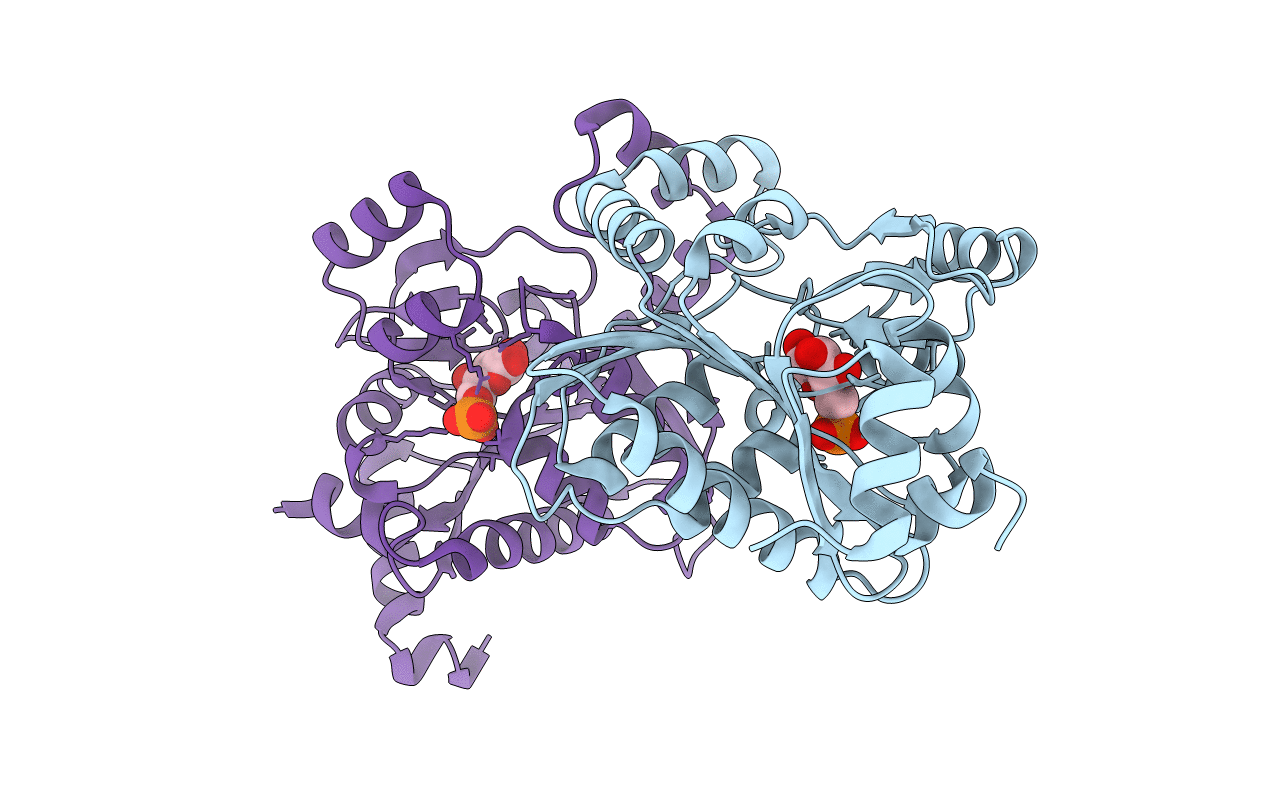
Deposition Date
2008-01-13
Release Date
2008-07-01
Last Version Date
2023-08-30
Entry Detail
PDB ID:
3BXG
Keywords:
Title:
Crystal structure of effector binding domain of central glycolytic gene regulator (CggR) from Bacillus subtilis in complex with glucose-6-phosphate
Biological Source:
Source Organism:
Bacillus subtilis (Taxon ID: 1423)
Host Organism:
Method Details:
Experimental Method:
Resolution:
1.80 Å
R-Value Free:
0.23
R-Value Work:
0.18
R-Value Observed:
0.18
Space Group:
P 21 21 21


